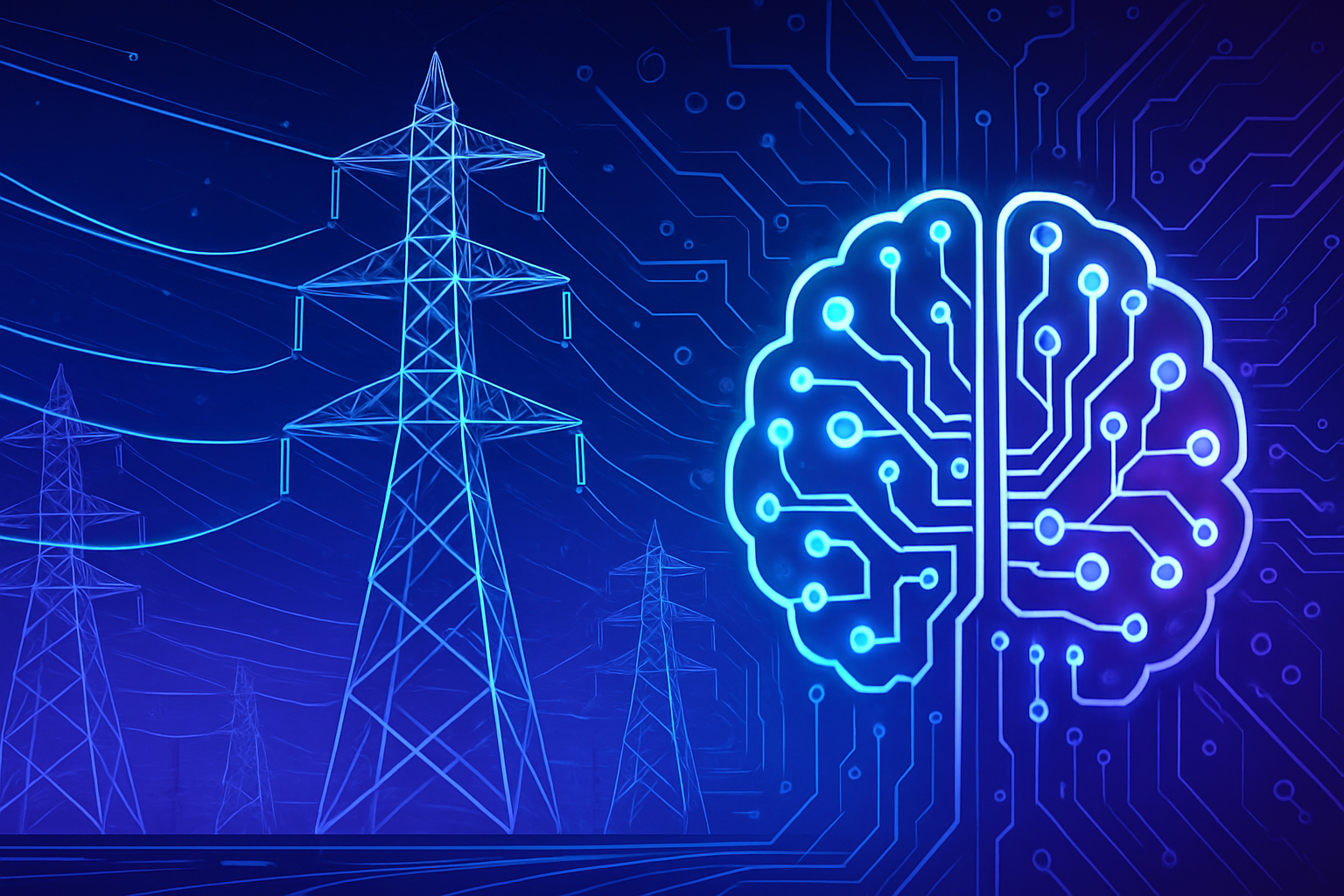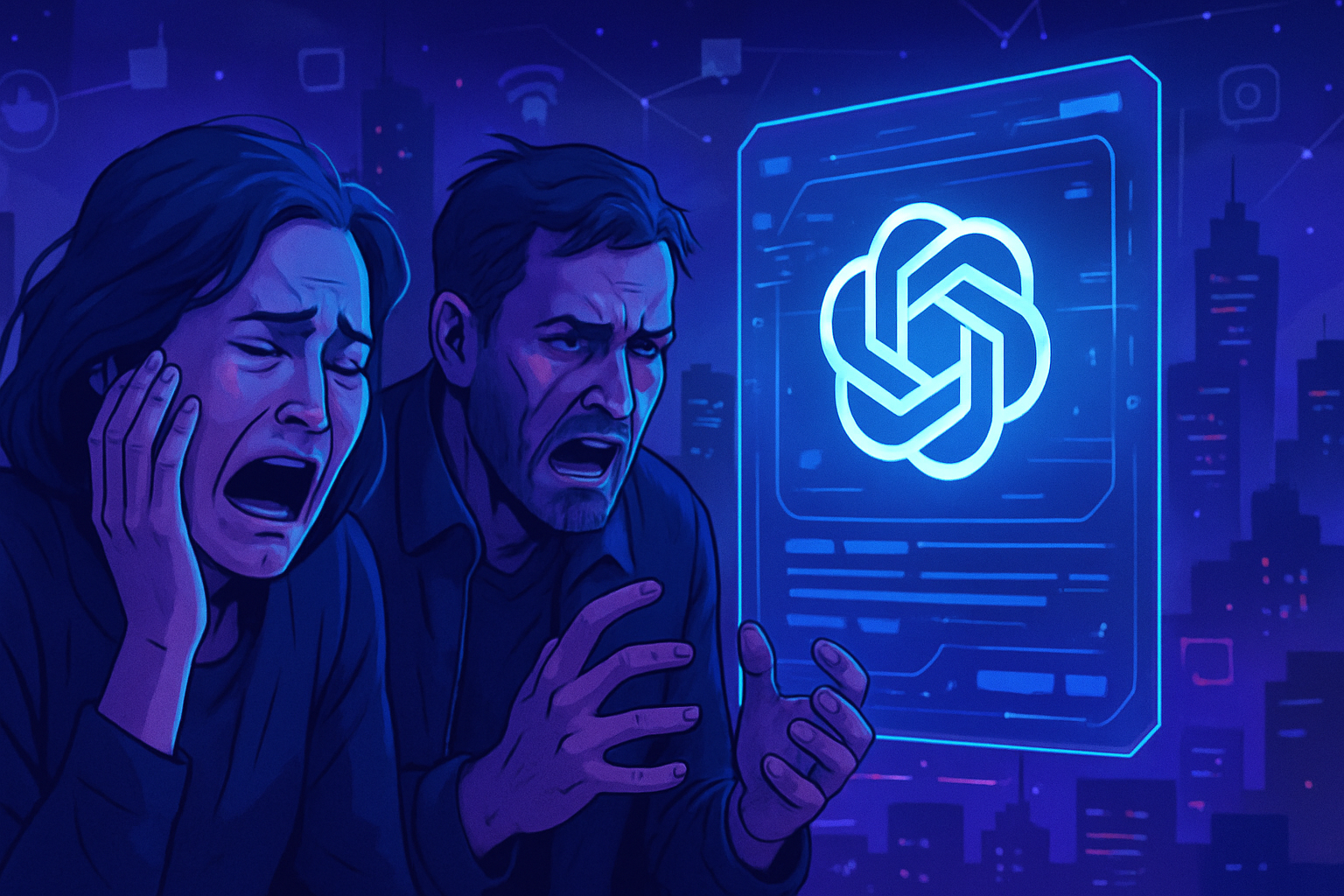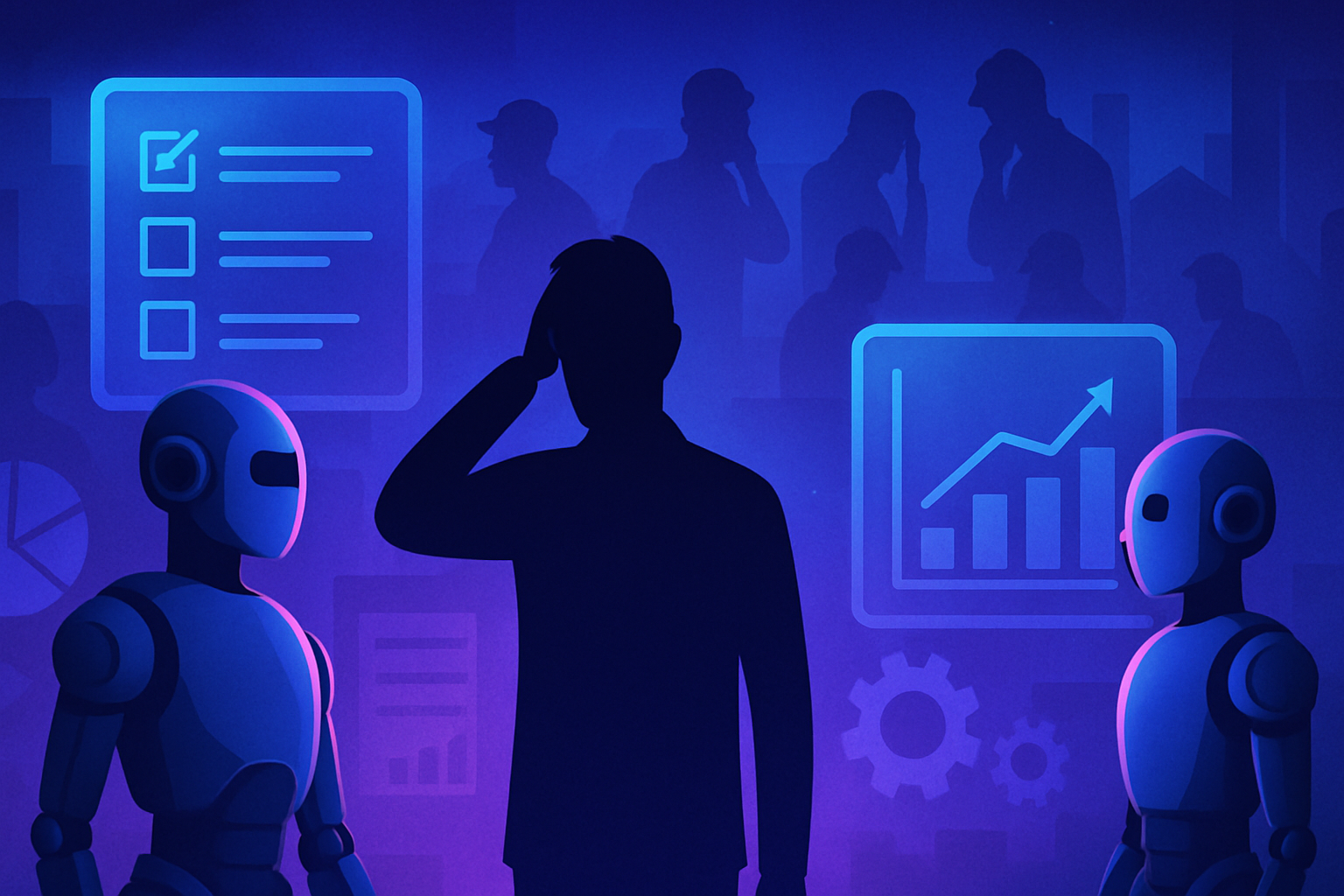The rapid advances in artificial intelligence are creating unprecedented pressure on our electric grid. Currently, data centers, true energy-hungry giants, foreshadow a future where their electricity consumption could reach dizzying heights. The fundamental question centers around the grid’s ability to meet these growing demands without compromising our energy sustainability.
Government initiatives to transform our electrical infrastructure are becoming clearer, but challenges remain. The transition to renewable energy sources must accelerate while stabilizing a system historically designed for predictable flows, far from the fluctuating demands of AI. A world balanced between technological innovation and environmental responsibility appears to be the key to this crucial debate.
Energy Issues Facing the Rise of AI
The exponential development of artificial intelligence (AI) generates unprecedented electricity needs. Data centers, essential for training and operating AI systems, present substantial energy demand. According to forecasts, electricity use by these infrastructures could be multiplied by six in the UK by 2034. This multiplication threatens not only the balance of the electrical grid but also the capacity to meet growing demand.
Investments and Government Initiatives
In response to this challenge, the AI Energy Council brings together tech companies, energy firms, and regulators. Their mission is to anticipate growing needs and ensure a transition to sustainable energy sources. As part of its action plan for AI opportunities, the UK government is injecting £2 billion to integrate AI into various sectors. This aims to foster innovation while being mindful of the ecological impact of new technologies.
The Stakes of the Electric Grid
The UK is planning a £58 billion investment for the “Great Grid Upgrade.” This monumental project is designed to modernize and expand the electrical grid, thus meeting future needs. It includes the construction of super electric highways and the optimization of the offshore grid, essential for capturing massive wind energy. These improvements aim not only to facilitate the powering of data centers but also to support the country’s energy transition.
The Challenges of an Aging Infrastructure
Despite ambitious projects, obstacles remain. Connecting new energy sources, such as wind turbines and solar panels, to the grid is a laborious process. Currently, over 600 renewable energy projects are awaiting connection, risking significant delays in the energy transition. Administrative aspects are hindering this progress, with waiting times reaching up to 15 years for certain installations.
The Transformative Role of Data Centers
Data centers are evolving from passive consumers of electricity to proactive players in the energy ecosystem. Many are committing to achieving carbon neutrality goals. By investing in on-site renewable energy solutions, these infrastructures can finally play a constructive role. Additionally, demand response programs allow them to suspend non-essential tasks during peak consumption periods.
AI in the Service of Energy Management
Advancements in AI could help optimize the management of the electrical grid. The complex algorithms powering AI can also assist in forecasting demand peaks. By integrating these technologies into energy traffic management, it would be possible to streamline electricity distribution and mitigate imbalances on the grid.
The electricity needs of data centers could become a catalyst for innovation in the energy sector. Collaboration between technology and energy stakeholders could initiate a dynamic favorable to sustainability. However, this transformation requires coordinated efforts and a clear vision to navigate the challenges ahead.
Government initiatives and corporate commitment are necessary to advance the energy transition. A collective effort will reconcile the growing energy needs of AI with sustainability objectives. To learn more about the energy issues associated with AI, consult these reports: Growing electricity demand, Forecasts of energy needs, Energy crisis risks, Green energy promises, Competitiveness of tech companies.
Frequently Asked Questions
What is the impact of the increased energy demand from data centers on the electrical grid?
The energy demand from data centers, particularly those powering AI, is expected to significantly increase, risking to absorb up to a third of national electricity consumption in the coming years, putting considerable pressure on the current electrical grid.
How can governments support the expansion of electrical infrastructure to meet the needs of AI?
Governments can invest in major infrastructure projects, such as the “Great Grid Upgrade,” to modernize and expand the electrical grid, as well as speed up connection processes to effectively incorporate renewable energy.
Can data centers become players in the energy solution?
Yes, more and more data centers are adopting Net Zero goals, investing in on-site renewable energy, and participating in demand response programs, allowing them to adjust their energy consumption according to the availability of green energy.
What strategies can be implemented to manage the energy consumption peaks caused by AI?
Strategies such as implementing demand management programs allow data centers to reduce their load during periods of stress on the grid, thereby optimizing the use of clean energy.
How can AI help manage the electrical grid more effectively?
AI can be used to predict energy consumption peaks and optimize electricity flow in real-time, making the grid smarter and more responsive to diverse needs.
What challenges must be overcome to increase the capacity of the electrical grid in response to AI’s energy demand?
There are obstacles such as the slow connection processes that leave many renewable energy projects pending. Urgent reforms are needed to reduce these waiting times and integrate these energy sources into the grid.
What government initiatives are in place to support the transition to sustainable energy for AI?
The government supports initiatives such as funding for the AI Opportunities Action Plan, which aims to integrate AI into various sectors, while ensuring that this energy transition occurs with sustainable and responsible sources.






